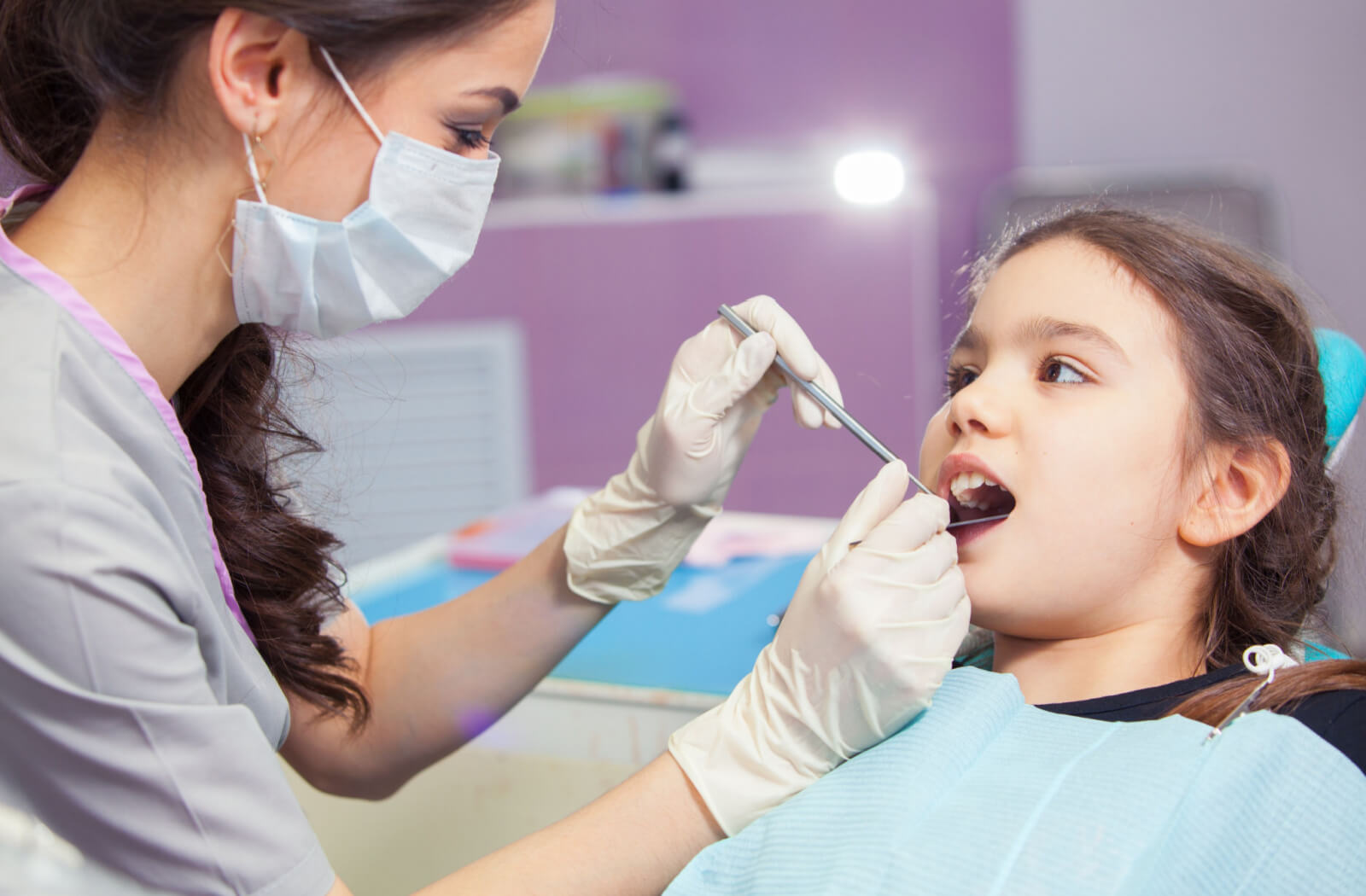A cracked tooth is when there’s a partial or complete fracture in the tooth. It can result from a dental injury, normal wear and tear, and other factors.
A cracked or fractured tooth is a common occurrence, sometimes accompanied by pain and discomfort. However, a cracked tooth doesn’t always need an extraction or pulling.
Your dentist can evaluate your teeth during a dental exam and recommend a treatment. Here are 3 things that determine if a cracked tooth needs pulling:
- The location of the crack
- The severity of the crack
- Whether the crack reaches below the gum line
Keep reading as we discuss different types of cracks, symptoms, why some result in tooth extraction, and treatment options.
Causes & Symptoms of a Cracked Tooth
It’s hard to know if you have a cracked tooth since not all have visible crack lines. You may also have no symptoms or experience the following common symptoms:
- Pain that comes and goes, such as when eating or drinking
- Sensitivity to hot or cold, and sweet foods or drinks
- Pain when biting or chewing
- Swelling in the gum around the affected tooth
If you experience symptoms of a cracked tooth, there can be several causes:
- Pressure from teeth grinding at night
- Large fillings that weaken the tooth
- Biting or chewing hard foods, such as ice, nuts, or hard candy
- Injuries, such as a blow to the mouth, a fall, playing sports, or an accident
- Sudden changes in temperature in the mouth, such as hot food to ice cold drink
- Age
Types of Cracks in Teeth
Not all cracks are the same, as teeth can crack in many ways. Here are the different types and how they can affect the tooth:
- Craze lines: super-small cracks in the outer covering or enamel of the tooth
- Fractured cusp: occur around a dental filling
- Cracks into the gumline: vertical cracks that run through the tooth but don’t reach the gum line
- Split tooth: a crack that runs from the surface to below the gum line and can result in two segments
- Vertical root fracture: a crack that runs from below the gum line upwards
Reasons a Cracked Tooth Needs to Be Pulled
If the crack is small and doesn’t affect the root, a filling can fix the problem. However, damage to the tooth’s structure, root, and nerves may require removing the tooth. Here are a few reasons a cracked tooth might need to be pulled:
The Crack Is Below the Gum Line
Early diagnosis of cracks that start from the chewing surface and travel below towards the root is treatable with a root canal and crown. But if they extend below the gum line, usually, the only solution is to pull the tooth.
Infection
The biggest complication of a cracked tooth, and the reason for pulling the tooth, is infection. If your symptoms of a cracked tooth worsen, such as more sensitivity or new pain, it may be infected. It’s essential to consult your dentist when you experience changes in symptoms.
The infection can spread to the surrounding bone and gums. Severe infections can lead to extraction to preserve the other teeth.
Signs of an infection include:
- Pain when chewing
- Swollen gums
- Fever
- Tender glands in the neck
Treating a Cracked Tooth
No treatment is usually necessary for small hairline cracks that don’t affect the tooth’s appearance or cause pain. For cracks not extending to the gumline or fractured cusps, your dentist can place a new filling or crown to cover the damaged tooth.
After tooth extraction for severe cracks, you may need to get a dental implant or bridge to fill the gap left by the missing tooth. The important thing to remember is to visit your dentist as soon as you notice signs of a cracked tooth for advice and treatment.
How to Prevent Your Teeth from Cracking
While you can’t safeguard teeth from cracking 100%, there are steps you can take to make them less susceptible to cracks:
- Avoid chewing and biting down on hard foods
- If you grind your teeth, speak to your dentist about getting a mouthguard
- Avoid using your teeth to open things
- Wear a mouthguard if you play sports
Solutions for Cracked Teeth at Heritage Pointe Dental
Cracked teeth have a prevalence rate of almost 70%. It’s essential to see your dentist early to determine the best course of action and treatment options.
Cracked teeth can’t heal. And if left untreated, they can lead to infection or tooth loss. If you have concerns about a cracked tooth, book an appointment with Heritage Pointe Dental so we can help restore the function and health of your teeth.



